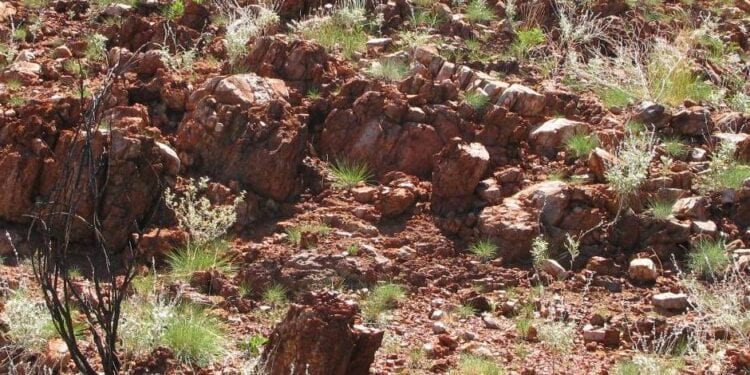Potential For Open Pit Development Eyed
Metalicity Limited (ASX: MCT) has received a new batch of significant assays from its June 2020 Phase One drilling programme at the Kookynie Gold Project in the Eastern Goldfields of Western Australia.
Managing Director, Jason Livingstone, said the company has received assays for the first 29 holes of a 44-hole initial programme, which has confirmed significant and extensive high-grade, near surface gold mineralisation at the Leipold Prospect at Kookynie.
“I am absolutely delighted with the results to date from our step out and confirmation drilling. Importantly these results are very shallow, high grade, which if converted to resources and reserves, could be potentially open pittable,” Mr Livinstone.
“Our strike rate of significant gold intersections to date is very high. Of the 29 drill holes that we have received our assays results for, 21 out of 29 returned a significant intercept which speaks volumes of the endowment here.
“We still have 15 holes remaining for Leipold and McTavish where we have not received the completed assays for yet in June 2020 Phase One Drilling Programme.
“A salient point is that all of Metalicity’s drilling programmes have a success rate of nearly 88% in returning a mineralised intercept to date, therefore, we plan to immediately recommence drilling with our Phase Two expanded programme to continue to grow the footprint of this exciting Project.”
The Kookynie Project is host to seven, significant prospects; Champion, McTavish, Leipold, Diamantina, Cosmopolitan and Cumberland (collectively known as the DCC Trend), and finally, the Altona Trend 1.5km east of the DCC Trend.
The June 2020 Phase One drilling programme was designed to step out and continue to confirm the mineralisation observed in our previous drilling programmes, but also to confirm and continue the step out from historical drilling at both the Leipold and McTavish Prospects. Both Prospects have JORC 2004 compliant mineral resource estimates.
Whilst assays are still pending, Mr Livingstone said the company is moving to ensure an efficient and expeditious follow up to the results presented to date. The southern extents of Leipold represents an incredible opportunity to continue to delineate high grade, near surface mineralisation over a possible further 200 metres. This will involve stepping out and methodically drilling the structure to define mineralisation.
With the pending drone magnetic survey and assays from McTavish, these results will be folded into our interpretations and followed up within the Phase Two Drilling Programme.
The ompany has approved programmes of work for both reverse circulation (RC) and diamond core drilling (DD) in place over all known prospects (including permit E40/289, immediately east of the Orient Well Mine Site) and can execute a larger drilling programme promptly.











